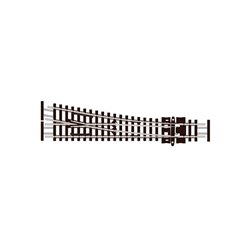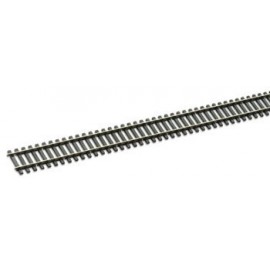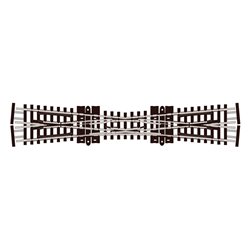Static grass puffer bottles work by manually charging model grass fibres with static electricity. When the charged...
No products
Product successfully added to your shopping cart
There are 0 items in your cart. There is 1 item in your cart.
Search Tips
What is finescale modelling?
Finescale modelling refers to a highly detailed and precision-oriented approach to scale modelling, where the focus is on achieving as much accuracy and realism as possible. This type of modelling goes beyond standard kits by incorporating additional detailing, modifications, and advanced techniques to replicate the real-world appearance of vehicles, buildings or figures. For British modellers, finescale modelling is often seen as a way to bring historical accuracy and attention to detail to their projects, whether it be a model railway, an aircraft or a military vehicle.
High Level of Detail
What sets finescale modelling apart is the focus on fine details. In a typical model kit, certain elements such as rivets, panel lines, or surface textures might be simplified. Finescale modellers aim to improve upon these by using aftermarket parts, scratch-building components or carefully modifying the kit to enhance accuracy. For example, a finescale aircraft modeller might add tiny photo-etched metal parts to recreate antennas, control levers or intricate cockpit details that aren’t well represented in the standard kit.
Accurate Research and Realism
To achieve this level of realism, finescale modellers often rely on in-depth research. This involves studying historical photographs, technical blueprints, and even visiting museums to examine real-life examples of the subjects they are modelling. For railway modellers in the UK, this could mean researching specific locomotives and rolling stock used in a particular region or era, ensuring that every element from the tracks to the station signage is historically accurate. Such commitment to research helps ensure that every detail is as true-to-life as possible.
Precision Painting and Weathering
In finescale modelling, the painting and finishing processes are just as important as the assembly. Fine airbrush techniques, subtle weathering, and detailed paint application are all part of creating a convincing, realistic model. Rather than focusing solely on factory-fresh models, finescale modellers often apply weathering effects to show wear, grime and the passage of time. For example, they might add rust to a tank or oil stains to a railway engine, using washes, pigments and other techniques to replicate these natural effects with precision.
Customisation and Scratch Building
Another aspect of finescale modelling is customisation and scratch building. Many modellers find that existing kits don’t include all the details they want or that they aren’t available in the desired scale. In these cases, finescale modellers may build components from scratch using plastic, metal, or wood. This could range from creating a missing part, like a train carriage interior, to building an entire structure, such as a railway signal box, from the ground up. This creative element allows modellers to push their skills further and create something truly unique.
Specialised Materials and Techniques
Finescale modelling often requires the use of specialised tools and materials. Photo-etched brass parts, resin castings, and precision decals are common in the world of finescale modelling, as are fine brushes and airbrushes for applying paint with incredible accuracy. These tools allow modellers to work at very small scales while still maintaining crisp, clean lines and intricate detail. Advanced techniques like soldering, resin casting, and 3D printing are becoming more popular, especially for those who want to create parts that aren’t readily available.
In essence, finescale modelling is about pushing the boundaries of what can be achieved with scale models. It’s a rewarding challenge for those who want to take their modelling skills to the next level, focusing on authenticity, craftsmanship, and precision. For UK modellers, it offers a way to not only build models but to bring history to life in the most accurate and detailed way possible.
Click here to receive the tips weekly in your mailbox. You can unsubscribe at any time.










